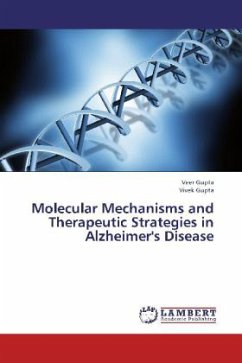Alzheimer's disease (AD) is the most common type of dementia in the elderly. Clinically, the disease is characterized by a progressive memory loss and cognitive decline, pathologically AD is characterized by senile plaques (SP), neurofibillary tangles (NFT), and synapse loss. AD is characterized by the presence of proteinaceous deposits in the extracellular and intracellular compartments of the brain. The intracellular deposits containing polymerized and hyperphosphorylated tau protein. While the extracellular deposits consist of -amyloid protein (A ), which is composed of 40-42 amino acid polypeptide. The present study focuses on evaluating the role of treatment with different nutraceuticals including essential fatty acid, coenzyme, enzyme inhibitors, amino acids, antioxidant and vitamins against Al-induced neurodegenerative damage characteristic of Alzheimer's disease in aged rats. The present study demonstrated that the treatment with the selected nutraceuticals significantly ameliorates the neurodegeneration characteristic of Alzheimer's disease as indicated by the tangible improvement in the specific biochemical markers and histological features of the brain.
Bitte wählen Sie Ihr Anliegen aus.
Rechnungen
Retourenschein anfordern
Bestellstatus
Storno








